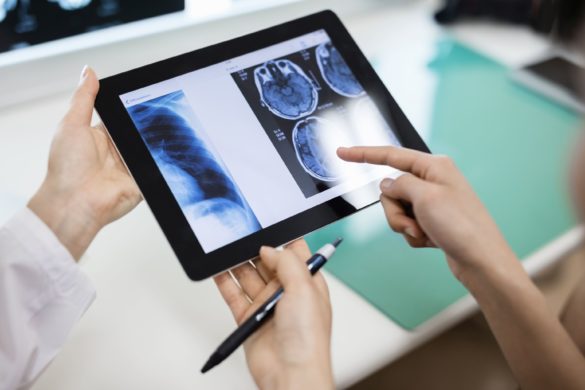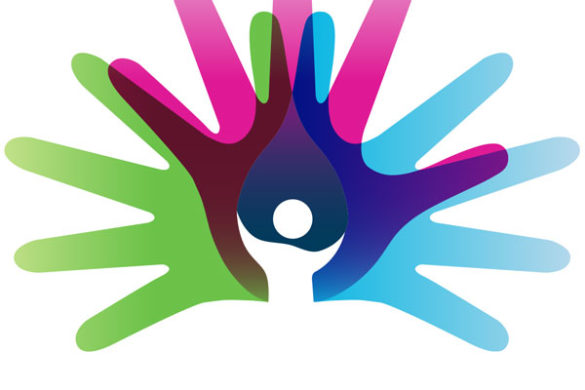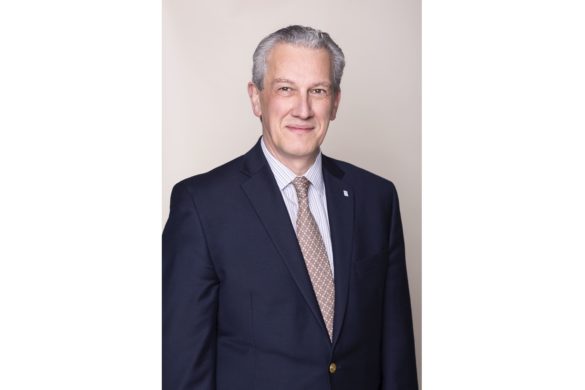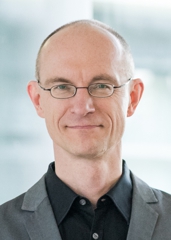News in generalScientific Corner
New EAN Scientific Panel on Rare Neurological Diseases – call for applications
Due to its importance, the EAN task force on Rare Neurological Diseases recently became a permanent part of the EAN structure with a defined set of rules, tasks and privileges. The Scientific Committee and the Board decided it will be… Continue Reading
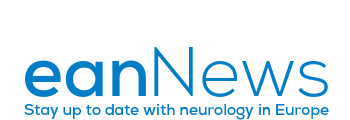
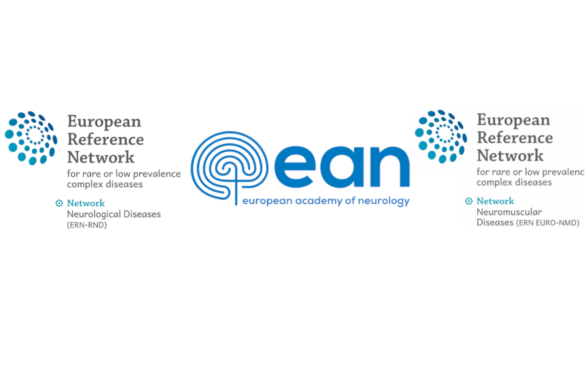

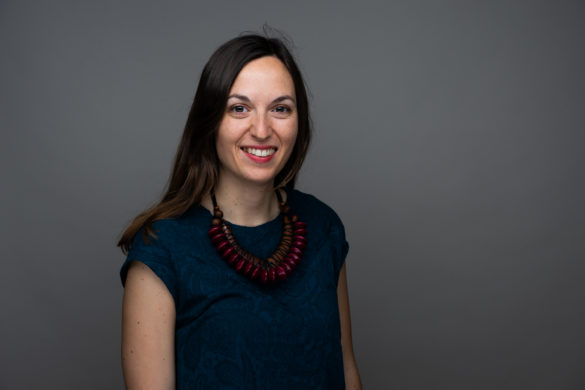
 Clinical practice guidelines are a bridge between scientific evidence and real-world practice. This is the main reason why I decided to advance my background experience (in epidemiology, systematic reviews and meta-analyses), by working on guidelines. Because Neurology is my main…
Clinical practice guidelines are a bridge between scientific evidence and real-world practice. This is the main reason why I decided to advance my background experience (in epidemiology, systematic reviews and meta-analyses), by working on guidelines. Because Neurology is my main… 
